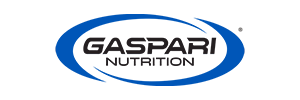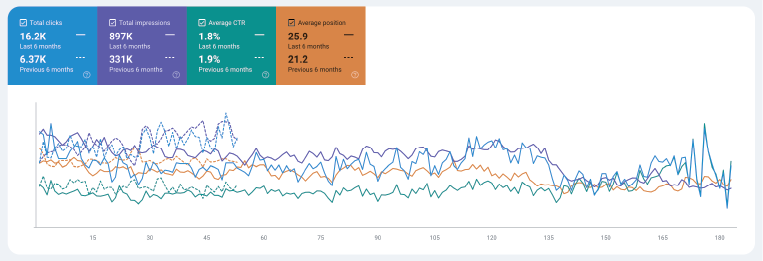Digital Strategy
Customized Digital
Strategies for
Business Success
Having a well-defined digital strategy is paramount for achieving success in every business. Infinite labs Digital specializes in formulating customized digital strategies to fulfill your business goals and objectives. Digital Strategy identifies the key ways the business uses digital technologies and tools to achieve their targets. Infinite labs Digital deeply learns to design a digital strategy that fulfills the aspect of modern businesses.
Our APPROACH. Our APPROACH. Our APPROACH.
How we go about accomplishing it:
Audience Analysis
Our team of creative professionals conducts extensive research, brainstorming, and ideation to generate fresh, unique, and compelling content ideas that captivate your audience and drive engagement.
Channel Selection
Considering the audience and goals, our team finds out the most suitable digital channels that include various resources for website, social media, email marketing, search engine optimization (SEO), pay-per-click (PPC) advertising, and SMO.
Goal Setting
We establish the main goal and the expected outcomes of your business, the audience that you wish to engage, and the targeted audience you want to attract.
Unlock the Full Potential of Your Business with a Customized and Tailored Digital Strategy Designed Just for You





Explore our visual showcase of
Digital Strategy success
Supplement Company
Significant Growth in Visibility
Supplement Brand saw a 171% increase in impressions, which highlights improved keyword ranking and broader reach. This is indicative of better content optimization, SEO improvements, and increased visibility in search results.
Increased Engagement
The 154% growth in clicks shows that more users are interacting with Supplement Brand content, likely due to improved relevancy and more targeted keywords.
CTR and Position Insights
The Click-Through Rate (CTR) saw a slight drop from 1.9% to 1.8%, signaling potential opportunities to optimize meta descriptions, titles, and content for better engagement.




